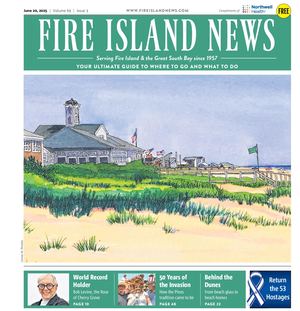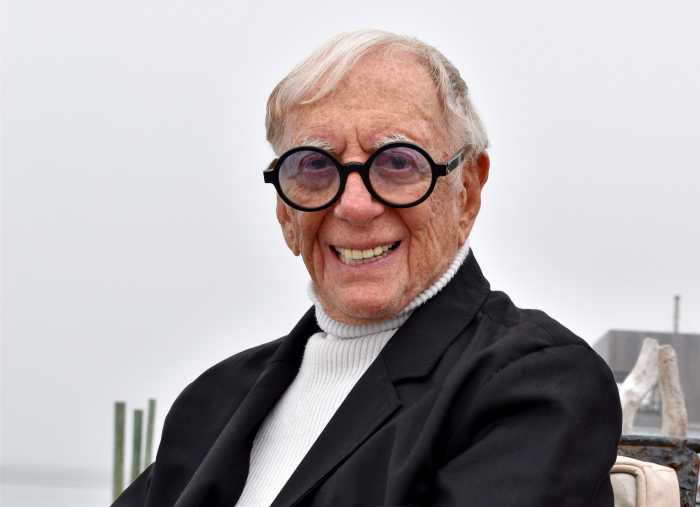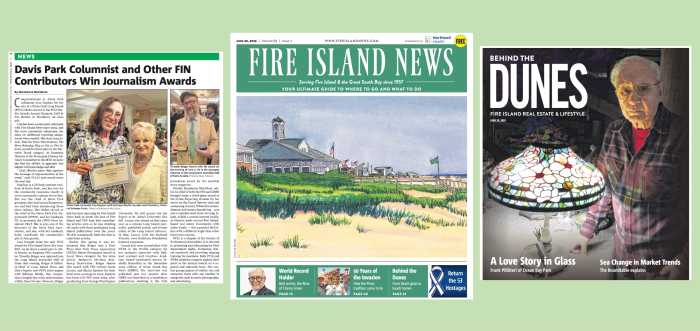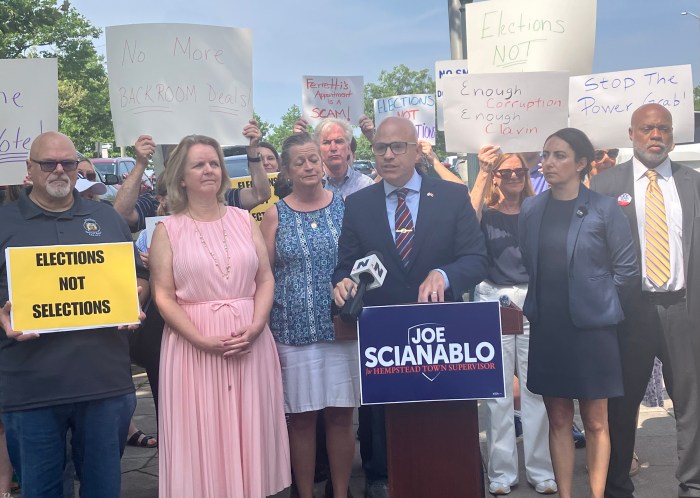Environment
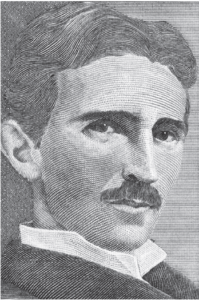
By Karl Grossman
North of Fire Island, in Shoreham in Brookhaven Town, Nikola Tesla built a tower that he believed could show that electricity could be distributed freely to people all around the world. He envisioned that not only radio signals but electricity could be sent far distances by linking into the resonance of the Earth.If his tower project was allowed to be completed and shown to be successful, Tesla’s experiment could have revolutionized the distribution of electricity all over the Earth. Unfortunately, funding issues – financier J.P. Morgan who had been an early supporter of Tesla’s tower – pulled out, and the tower was demolished in 1917.The Tesla tower was discussed extensively in a presentation titled “Nikola Tesla: Who Was He?” given this month at the Suffolk County Historical Society by Jane Alcorn, president of the board of the Tesla Science Center at Wardenclyffe.
Tesla was a genius inventor who worked in Suffolk. Indeed, his only remaining laboratory, an elegant red brick building in Shoreham, designed by Tesla’s friend, famed architect Stanford White, is now on its way to being preserved and becoming the central component of the Tesla Science Center at Wardenclyffe. The laboratory was placed on the National Register of Historic Places last month. It was alongside the laboratory that Tesla built his 187-foot high tower and Tesla’s “plan and dream was to use it to provide wireless electricity for free to people around the world,” explained Alcorn in her talk.I wrote and presented a TV program on Tesla’s laboratory in 2010, which aired on WVVH-TV and can now be viewed on YouTube at www.youtube.com/ watch?v=_H-UBvdPta.The foundation for the tower – which is shown in the program – are granite slabs in an octagonal shape. And there are steel posts and a large mound marking its location.
Below is said to be – radiating like spokes on a wheel – copper-lined tunnels, each high enough for a person to walk through, and a shaft connecting 120 feet to the aquifer below. When the tower was put in operation, said Alcorn, bolts of electricity shooting into the sky from it were visible across the Long Island Sound in Connecticut.“Tesla believed in raising the masses,” said Alcorn, and if electricity could be “wirelessly” transmitted, people all over the world “would be able to tap into it.”As part of the creation of the Tesla Science Center at Wardenclyffe, Alcorn said that there is hope that a “replica” of the tower will be constructed.
Nearly $6 million has been raised so far in the preservation effort – including a $1 million contribution from Elon Musk, the manufacturer of Tesla cars, named for the inventor. Alcorn, a career teacher and librarian, spoke of Tesla, of Serbian background born in what is now Croatia, coming to the United States in 1884 to work under Thomas Edison.Tesla’s father was a Serbian Orthodox priest and his mother “very inventive and creative,” said Alcorn. Tesla “followed in her footsteps” in terms of his “inventive and creative qualities.” Tesla, meanwhile, “poured over” his father’s collection of books.
The relationship with Edison didn’t work out. In part, that involved a conflict over electric systems. Edison advocated direct current, and Tesla was the father of alternating current, ultimately the system that the world adopted. And Tesla was responsible for a great deal more in the way of inventions. Guglielmo Marconi is generally credited with originating radio, but the U.S. Supreme Court, after Tesla’s death, determined that much of Marconi’s work was based on 17 Tesla patents. Tesla was involved in the development of fluorescent lighting, robotics and forms of remote control, the bladeless turbine, the AC induction motor, and the list goes on. In all, Tesla held 299 patents.Tesla was a visionary with ideas that would revolutionize the world. He came to Shoreham at the turn into the last century to focus on the wireless transmission of power. He earlier labored on his vision for a time in Colorado.

Across from the Long Island Rail Road station in Shoreham, he built a laboratory with ornate windows and graceful grillwork and a rail spur to it used to bring in construction material, and next to it his tower.
Tesla died at 86 of heart failure in 1943, in the New Yorker Hotel in Manhattan. He had been living meagerly on assistance from family members and a pension from the Yugoslavian government.
He is regarded as a giant in that part of the world. Indeed, in double-checking for the URL of the TV program I did, I saw that the program has been translated for people in that region. At long last, Tesla will be well-recognized here in Suffolk. The Tesla Science Center at Wardenclyffe will be a memorial to Tesla and his work, and also, as the website of the non-profit center (www.teslasciencecenter. org) states, it will be “a place dedicated to science education and to introducing visitors to the rich scientific opportunities on Long Island.”
